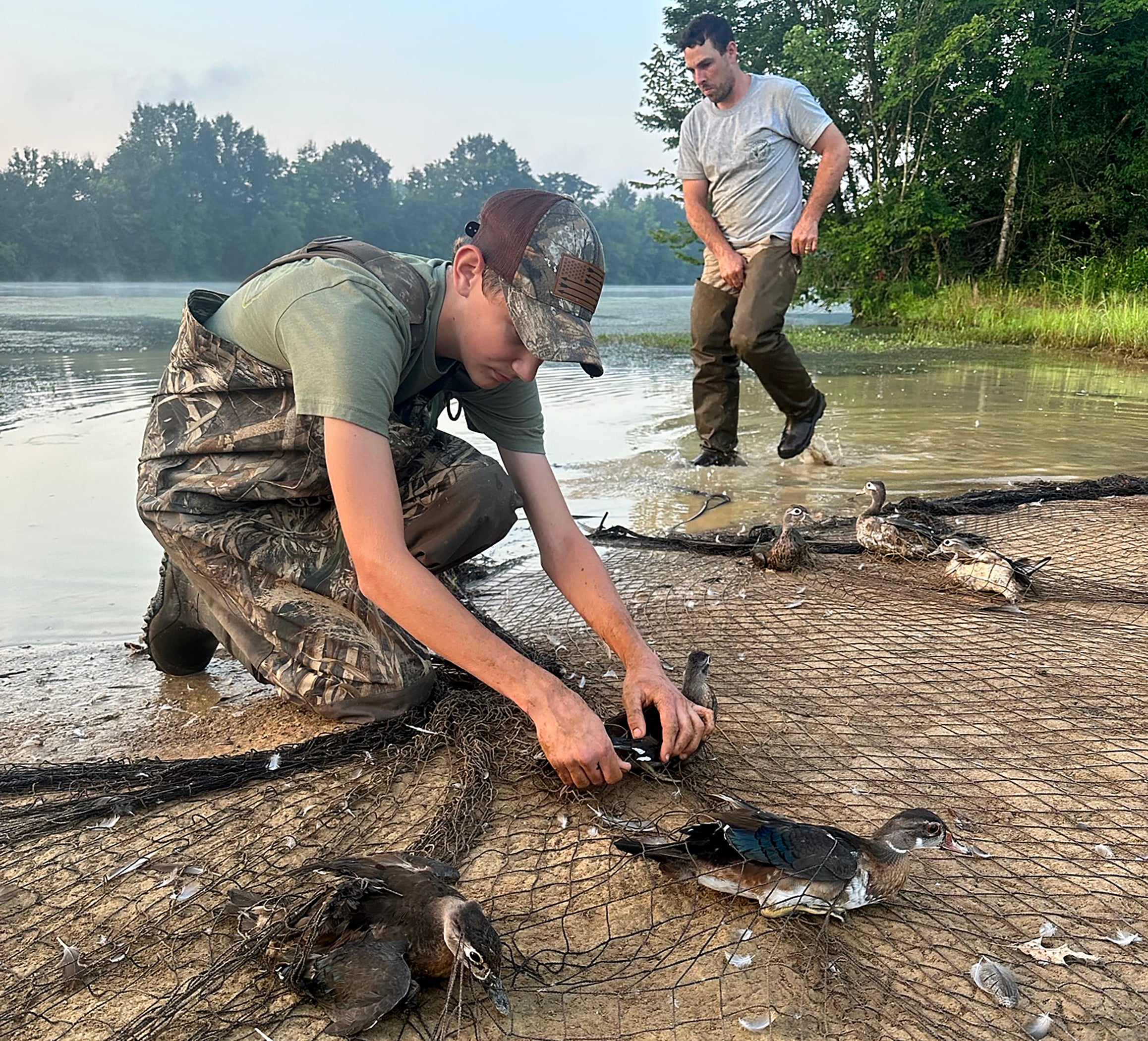By DAVID RAINER, Alabama Department of Conservation and Natural Resources
Although the U.S. Fish and Wildlife Service’s (USFWS) annual waterfowl survey indicates overall duck numbers are down, Seth Maddox remains optimistic about Alabama’s 2023-2024 waterfowl seasons.
Maddox, Assistant Wildlife Section Chief for the Wildlife and Freshwater Fisheries (WFF) Division of the Alabama Department of Conservation and Natural Resources (ADCNR), said the USFWS survey occurred on the breeding grounds in the upper Midwest and Canada before the success of the hatch was known.
“The previous year we had some poor habitat conditions in the breeding grounds,” Maddox said. “This year, it looks a lot better as far as more water on the landscape. So, even though the overall population is down, the hatch reproduction was probably really good because of the better habitat conditions. That means we should see a lot of young-of-the-year ducks coming down. We should have an increased fall flight for this year.”
Maddox said the USFWS survey is conducted in May after the males and females are paired. The count is for paired ducks and lone males. In late May and June, the paired ducks start breeding, and the hen will produce a clutch of eggs that will hatch in about a month.
“After they hatch, the hatchlings will hang out with their mom,” he said. “They feed themselves, but they will stay together. It takes about 45 days to grow flight feathers and be fully flighted. At that point, they are kind of on their own.”
The start of the fall migration depends on the species with some patterns dictated by the length of the days and others by the availability of food and suitable habitat.
“As days get shorter, gadwall and blue-winged teal start moving south,” Maddox said. “Mallards and green-winged teal are weather migrators, so as the temperatures drop, they start moving south. But they don’t all move at once. Some tend to hang around and tough it out as long as they can. Some go to traditional wintering areas right away. It’s kind of a mixed bag for mallards, for example. Some might go straight down the Mississippi alluvial valley to their traditional wintering grounds. Some may hang out in Minnesota and Iowa until they are forced out by ice and snow. It depends on the individual bird and what it’s traditionally done.
“The juvenile birds are more likely to keep pushing south. And it depends on the conditions during that southward migration. They may stop at different sites if there is really good food there and may hang on longer to build up those reserves. If they stop at a site and the conditions aren’t good, not a lot of food on the ground, they will be going south quicker.”
Alabama’s most hunted and harvested duck, the wood duck, apparently had a good breeding season as well.
“We really had a good banding season for wood ducks,” Maddox said. “It’s our number one harvested duck statewide. I think we’ll have a lot of wood ducks on the landscape this year. So, it should be a good wood duck year. We banded almost 900 birds this summer, which is a good number. The production looks really good, which is a byproduct of the wet spring and summer we had.”








